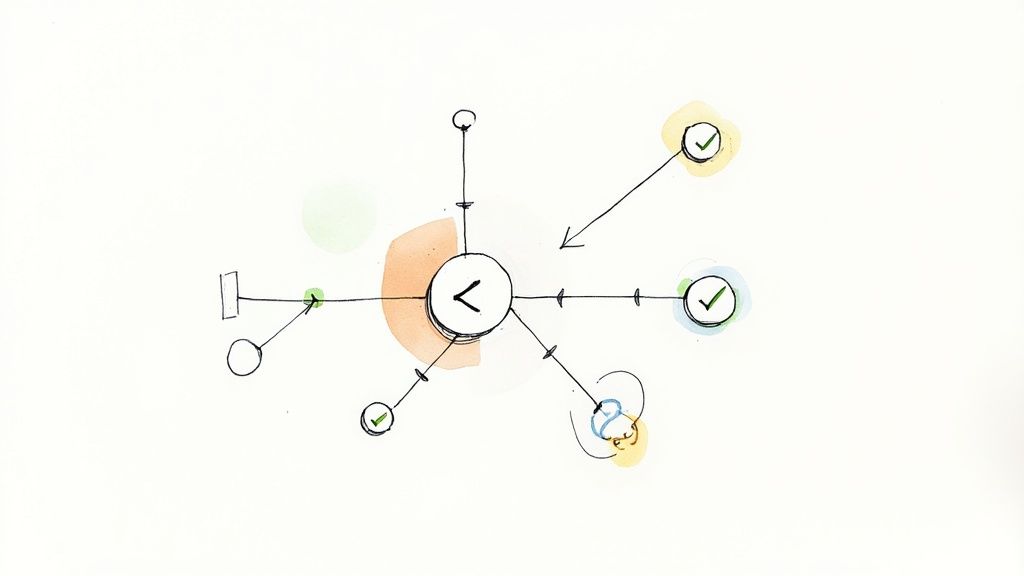
Basic Knowledge
What Is Shift Left Testing? Boost Quality & Save Costs
Demystifying Shift Left Testing: Breaking Down the Essentials Shift left testing fundamentally changes how we think about testing in the software development lifecycle (SDLC). Instead of testing being a final hurdle before release, shift left testing integrates it from the very start of development. This proactive approach aims to catch











